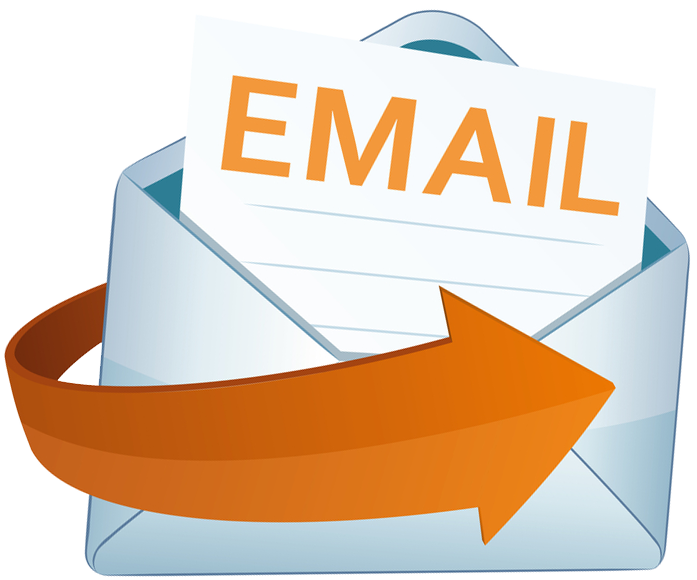
Even in 2024 and with the rise of social media, email marketing still remains a powerful way for online businesses to connect with customers and drive sales.
According to studies,return on investment for email marketing is an impressive $36 for every $1 spent!
In this blog post I would like to teach you how to build an email list for your business.
1. Define Your Audience
Before you start building your email list, it’s crucial to understand who you’re trying to reach.
Define your target audience based on factors such as:
- Demographics: Age, gender, location, income, education
- Interests: Hobbies, passions, preferences
- Behaviors: Buying habits, online activity
The more specific you are, the more targeted and effective your email marketing campaigns will be!
2. Create a High-Quality Landing Page
Your landing page is the first impression potential subscribers will have of your business.
Make sure it’s:
- Clear and concise: Clearly state your value proposition and what subscribers can expect.
- Visually appealing: Use attractive design elements and high-quality images.
- Optimized for conversions: Make it easy for visitors to sign up, with a prominent sign-up form.
3. Offer a Compelling Lead Magnet
A lead magnet is a valuable resource or incentive that you offer in exchange for email addresses.
It should be directly relevant to your target audience and provide a clear benefit.
Examples of lead magnets include:
- E-books: Comprehensive guides on a specific topic
- Cheat Sheets: Some sort of cheat sheet that covers a big topic succinctly
- Webinars: Online presentations that provide value and give away useful tips and tricks
- Free trials or demos: Access to your products or services
4. Collect Emails Strategically
There are several ways to collect email addresses:
- Sign-up forms: Place them on your website, blog, and social media profiles (Facebook business page for example).
- Pop-ups: Use well-timed pop-ups to capture visitor attention.
- Exit intent pop-ups: Offer a final chance to sign up before visitors leave your site.
- Social media contests and giveaways: Get email signups by doing giveaways and contests.
- Partnerships: Collaborate with other businesses to cross-promote each other’s email lists.
5. Optimize Your Email Capture Forms
To maximize sign-ups, make sure your email capture forms are:
- Easy to find: Place them in prominent locations on your website.
- Simple to fill out: Reduce friction by keeping your email signup forms short and only ask for essential information.
- Mobile-friendly: Ensure the form is easy to use on smartphones and tablets.
- Trustworthy: Use clear language and a professional appearance.
6. Provide Value with Your Emails
Once you’ve built your email list, it’s important to nurture it with valuable content.
Send regular emails that:
- Educate: Share informative articles, tips, and tutorials.
- Inspire: Offer motivational content or success stories.
- Entertain: Provide fun and engaging content.
- Promote: Promote and sell your offers, products and services in a non-spammy way!
7. Use Email Marketing Automation
Email marketing automation tools can help you save time and improve the effectiveness of your campaigns.
Consider using automation for tasks such as:
- Welcome emails: Send automated welcome messages to new subscribers.
- Segmented campaigns: Target different audience segments with tailored content.
- Abandoned cart emails: Remind customers about items they left in their shopping carts.
- Re-engagement campaigns: Reach out to inactive subscribers and try to get them to resubscribe to your email list.
8. Track and Analyze Your Results
Monitor key metrics like open rates, click-through rates, and conversion rates to measure the success of your email campaigns.
Use this data to refine your email marketing strategy and improve your results over time.
9. Comply with Email Marketing Laws
Ensure that your email marketing practices comply with relevant laws and regulations, such as the General Data Protection Regulation (GDPR) and the CAN-SPAM Act. Always obtain explicit consent from subscribers and provide an easy way to unsubscribe.
Conclusion
Building a large email list of engaged subscribers is a valuable investment for your business.
By following these guidelines, you can attract and engage your target audience, generate customers, and foster long-term relationships.
Remember to consistently provide value, personalize your campaigns, and track your results to optimize your email marketing efforts.
Have any email marketing tips you would like to share with us? Let us know in the comments section below!



